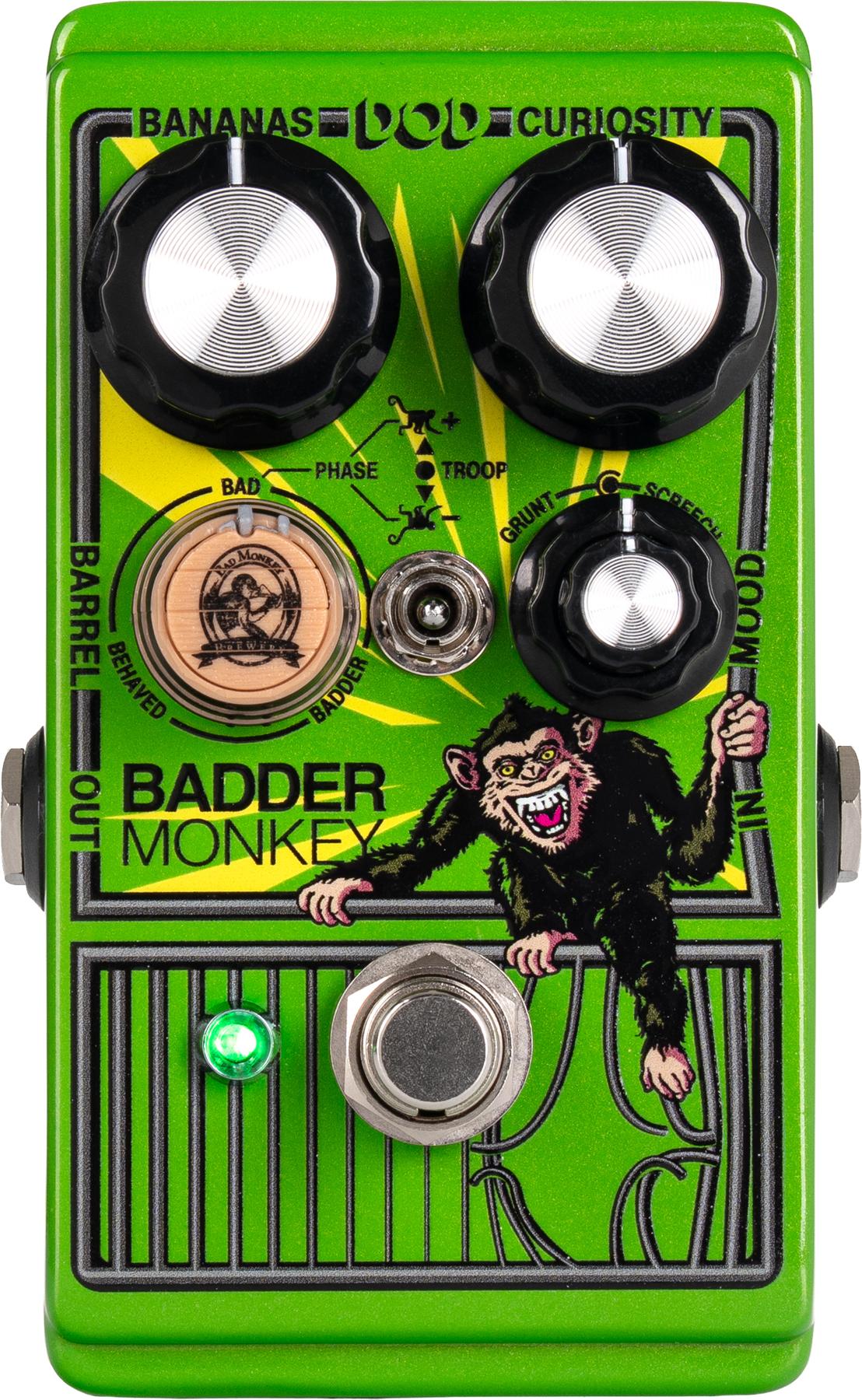Chicago, IL (February 24, 2009) -- Parker Guitars, a leader in technological innovation and originality within the music world, announced today the addition of the Parker Fly Mojo Single Cut to their line of electric guitars. Designed for the professional player, the Fly Mojo Single Cut brings a stunning new single cutaway design to the bestselling Fly Mojo Series.
Parker engineers have designed the singe cut series from the ground up, utilizing a solid mahogany body and mahogany neck joined together using Parker’s multi-finger joint technology. This patented design allows the Fly Mojo Single Cut to resist warping resulting in an amazingly responsive and stable guitar with unparalleled playability.
The Fly Mojo Single Cut features Graph Tech Ghost Piezo Saddles on a TonePros bridge resulting in absolutely stunning acoustic tones. Crystal clear electric tones are provided by a Seymour Duncan® Jazz pickup in the neck and a JB pickup in the bridge. Paired with Parker’s revolutionary neck design, the Fly Mojo Single Cut offers an unrivaled playing experience.
“The new Parker Fly Mojo Single Cut marks the first major USA-made redesign in 11 years,” said Jody Dankberg, Director of Marketing and Artist Relations at Parker Guitars. “Our technology and innovative building techniques, combined with a new body design that plays as good as it looks, presents a great new option for guitarists who want to play the very best.”
The Mojo Fly Single Cut is available in the following finishes: Black Burst, Black Cherry Sunburst, Dusty Black, Emerald Green, Galaxy Gray, Italian Plum, Majik Blue, Ruby Red, Trans Blue Burst, Trans Purple Burst, and White.
Mojo Fly Single Cut Features:
• Graph Tech Ghost Peizo saddles paired with a TonePros bridge
• Revolutionary mahogany body and mahogany neck joined together by Parker’s patented multi-finger joint
• Carbon glass epoxy fretboard
• Sperzel® Trim-lok™ tuners
For more information:
Parker engineers have designed the singe cut series from the ground up, utilizing a solid mahogany body and mahogany neck joined together using Parker’s multi-finger joint technology. This patented design allows the Fly Mojo Single Cut to resist warping resulting in an amazingly responsive and stable guitar with unparalleled playability.
The Fly Mojo Single Cut features Graph Tech Ghost Piezo Saddles on a TonePros bridge resulting in absolutely stunning acoustic tones. Crystal clear electric tones are provided by a Seymour Duncan® Jazz pickup in the neck and a JB pickup in the bridge. Paired with Parker’s revolutionary neck design, the Fly Mojo Single Cut offers an unrivaled playing experience.
“The new Parker Fly Mojo Single Cut marks the first major USA-made redesign in 11 years,” said Jody Dankberg, Director of Marketing and Artist Relations at Parker Guitars. “Our technology and innovative building techniques, combined with a new body design that plays as good as it looks, presents a great new option for guitarists who want to play the very best.”
The Mojo Fly Single Cut is available in the following finishes: Black Burst, Black Cherry Sunburst, Dusty Black, Emerald Green, Galaxy Gray, Italian Plum, Majik Blue, Ruby Red, Trans Blue Burst, Trans Purple Burst, and White.
Mojo Fly Single Cut Features:
• Graph Tech Ghost Peizo saddles paired with a TonePros bridge
• Revolutionary mahogany body and mahogany neck joined together by Parker’s patented multi-finger joint
• Carbon glass epoxy fretboard
• Sperzel® Trim-lok™ tuners
For more information:











![Rig Rundown: Russian Circles’ Mike Sullivan [2025]](https://www.premierguitar.com/media-library/youtube.jpg?id=62303631&width=1245&height=700&quality=70&coordinates=0%2C0%2C0%2C0)









